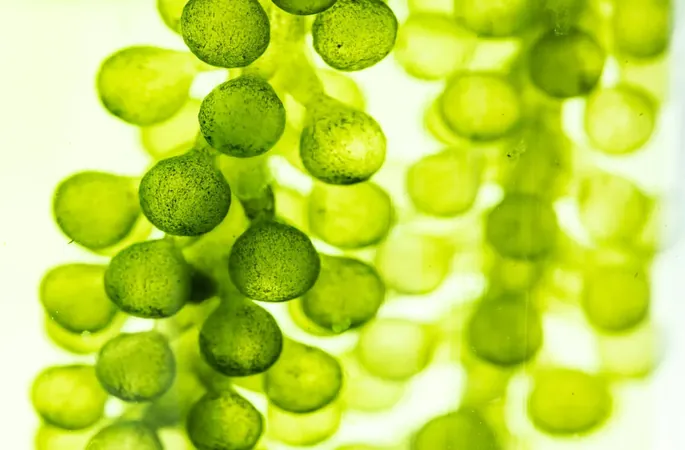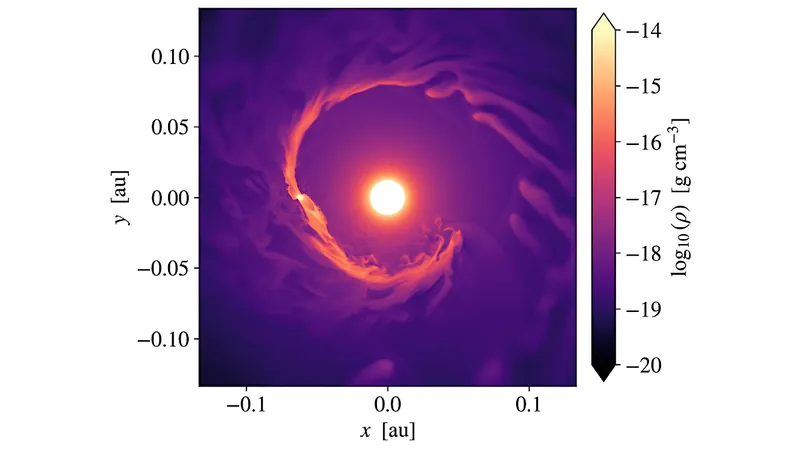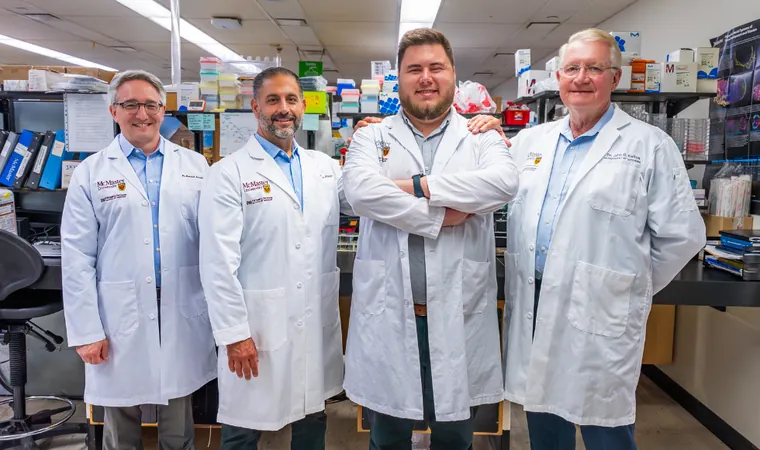
Scientists Unveil Game-Changing Blue Food Dye that Could Revolutionize the Industry!
2025-09-01
Author: Emma
Imagine indulging in your favorite blue foods without worrying about harmful synthetic dyes. Thanks to groundbreaking research from Cornell University, that dream might soon become a reality!
In a stunning breakthrough published in *Food Hydrocolloids*, scientists have developed a new, heat- and light-stable blue dye made from phycocyanin, a natural protein extracted from algae. This innovative solution promises to replace toxic artificial dyes like Blue 1 and Blue 2, which have been linked to health issues such as hyperactivity in children.
For decades, food manufacturers have struggled to find a reliable blue pigment since it’s one of the rarest colors found in nature. This scarcity has pushed them to rely on synthetic dyes derived from petroleum, which not only pose health risks but also contribute to environmental pollution.
Phycocyanin, the vibrant pigment that gives blue spirulina its stunning color, is already approved as a food additive in the U.S. and other countries. However, its previous instability when exposed to heat and light limited its applications. The Cornell team ingeniously tackled this challenge using a gentle chemical process to create smaller, uniform particles that maintain that breathtaking blue while also acting as an emulsifier.
"It’s like using a magnifying glass to understand protein behavior," explains Alireza Abbaspourrad, a leading researcher in food chemistry at Cornell. His vision? For phycocyanin to serve as a multi-functional ingredient—combining color, emulsification, and antioxidant properties all in one!
This revolutionary discovery could significantly reduce the reliance on petroleum-based additives like Red dye 3, improve food labeling, and cater to the growing consumer demand for natural, plant-based ingredients. The trend toward less processed food aligns perfectly with the need to reduce pollution and combat climate change.
Now, with support from the U.S. Department of Agriculture, the research team is collaborating with industry partners to scale up production. If all goes well, this algae-derived pigment could soon adorn grocery shelves, brightening our foods and drinks while ushering in a new era of cleaner and safer eating.









 Brasil (PT)
Brasil (PT)
 Canada (EN)
Canada (EN)
 Chile (ES)
Chile (ES)
 Česko (CS)
Česko (CS)
 대한민국 (KO)
대한민국 (KO)
 España (ES)
España (ES)
 France (FR)
France (FR)
 Hong Kong (EN)
Hong Kong (EN)
 Italia (IT)
Italia (IT)
 日本 (JA)
日本 (JA)
 Magyarország (HU)
Magyarország (HU)
 Norge (NO)
Norge (NO)
 Polska (PL)
Polska (PL)
 Schweiz (DE)
Schweiz (DE)
 Singapore (EN)
Singapore (EN)
 Sverige (SV)
Sverige (SV)
 Suomi (FI)
Suomi (FI)
 Türkiye (TR)
Türkiye (TR)
 الإمارات العربية المتحدة (AR)
الإمارات العربية المتحدة (AR)